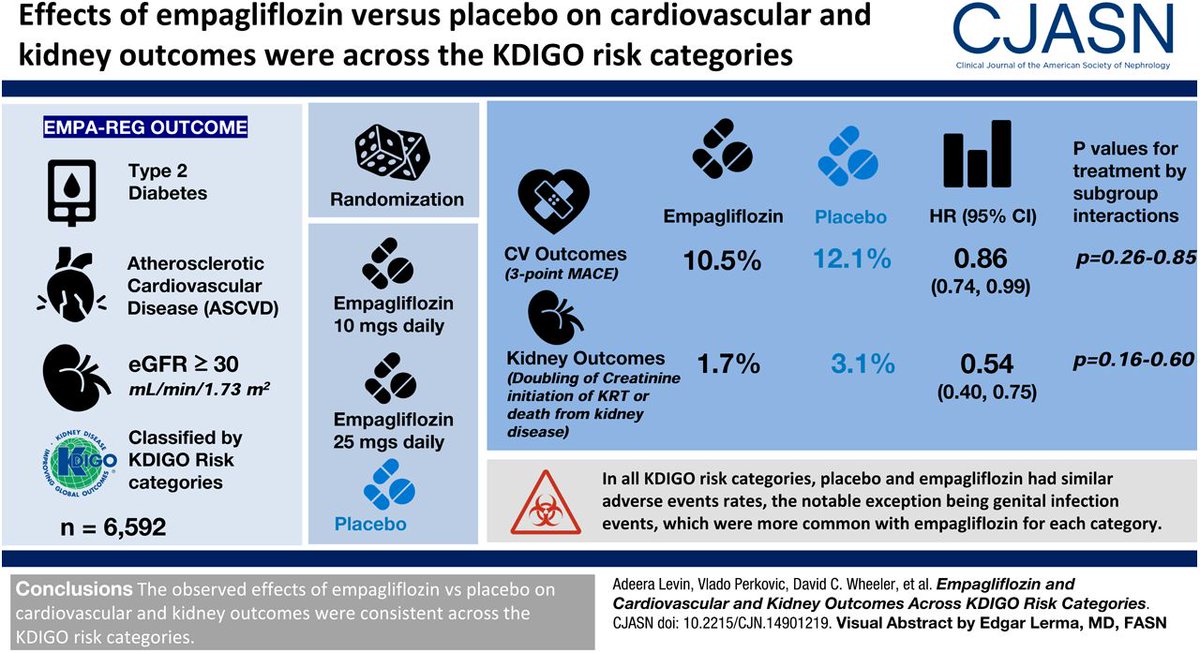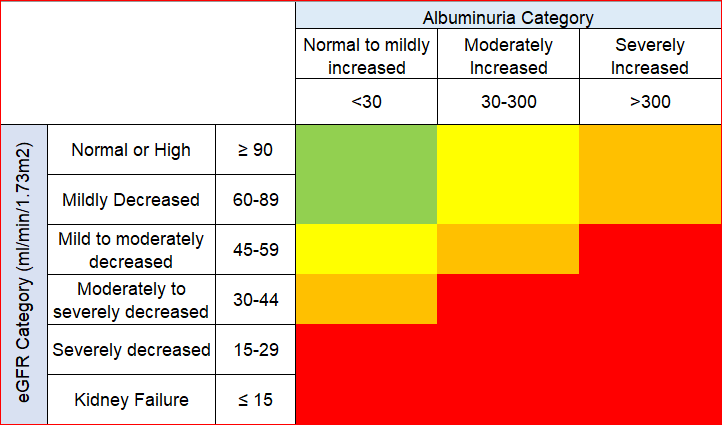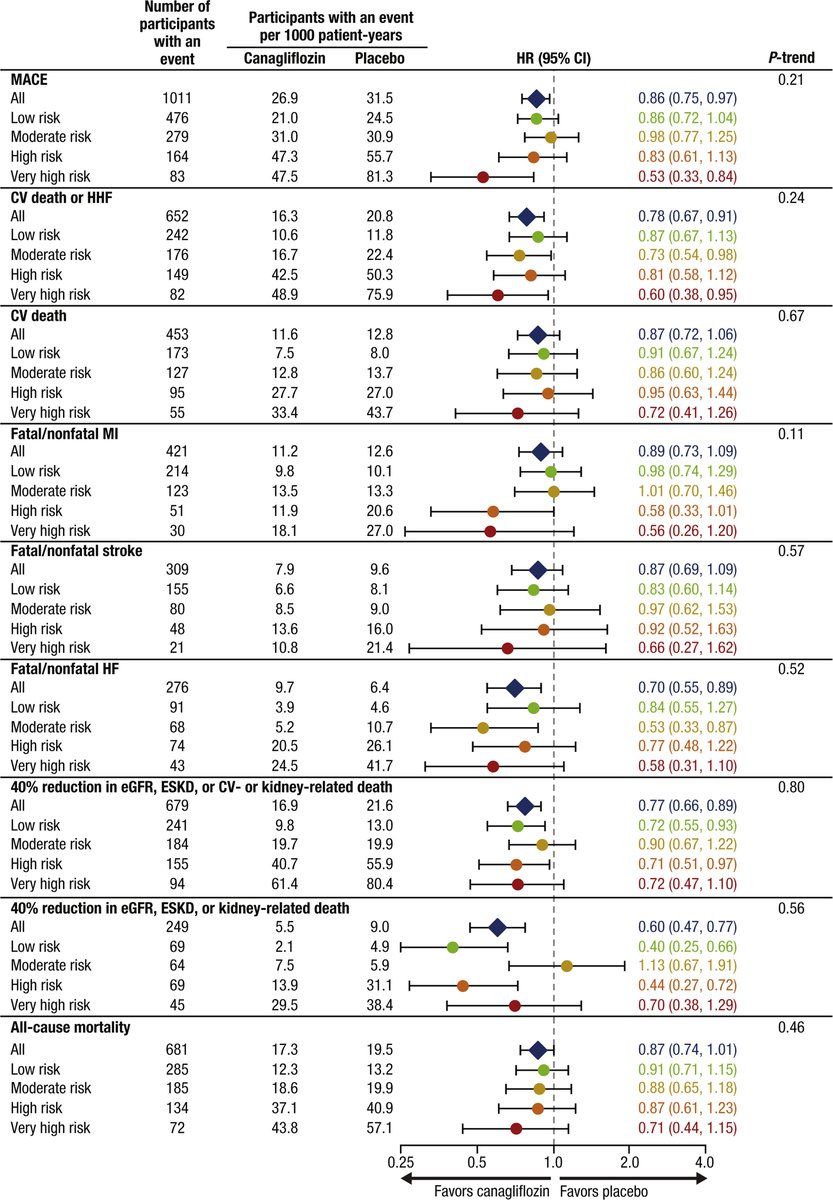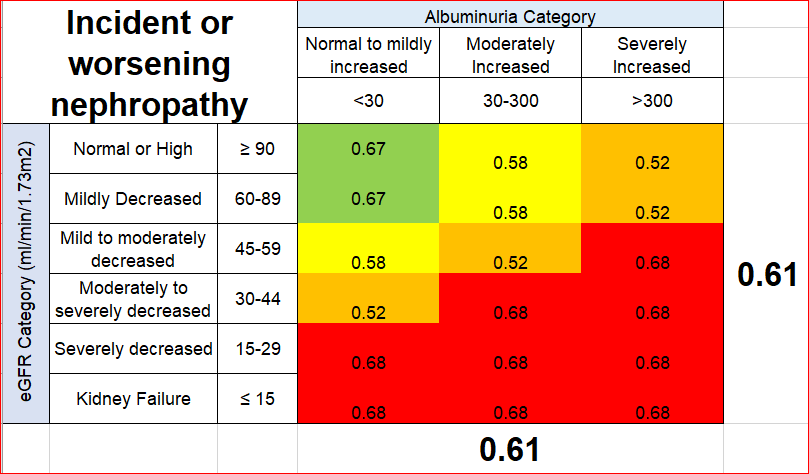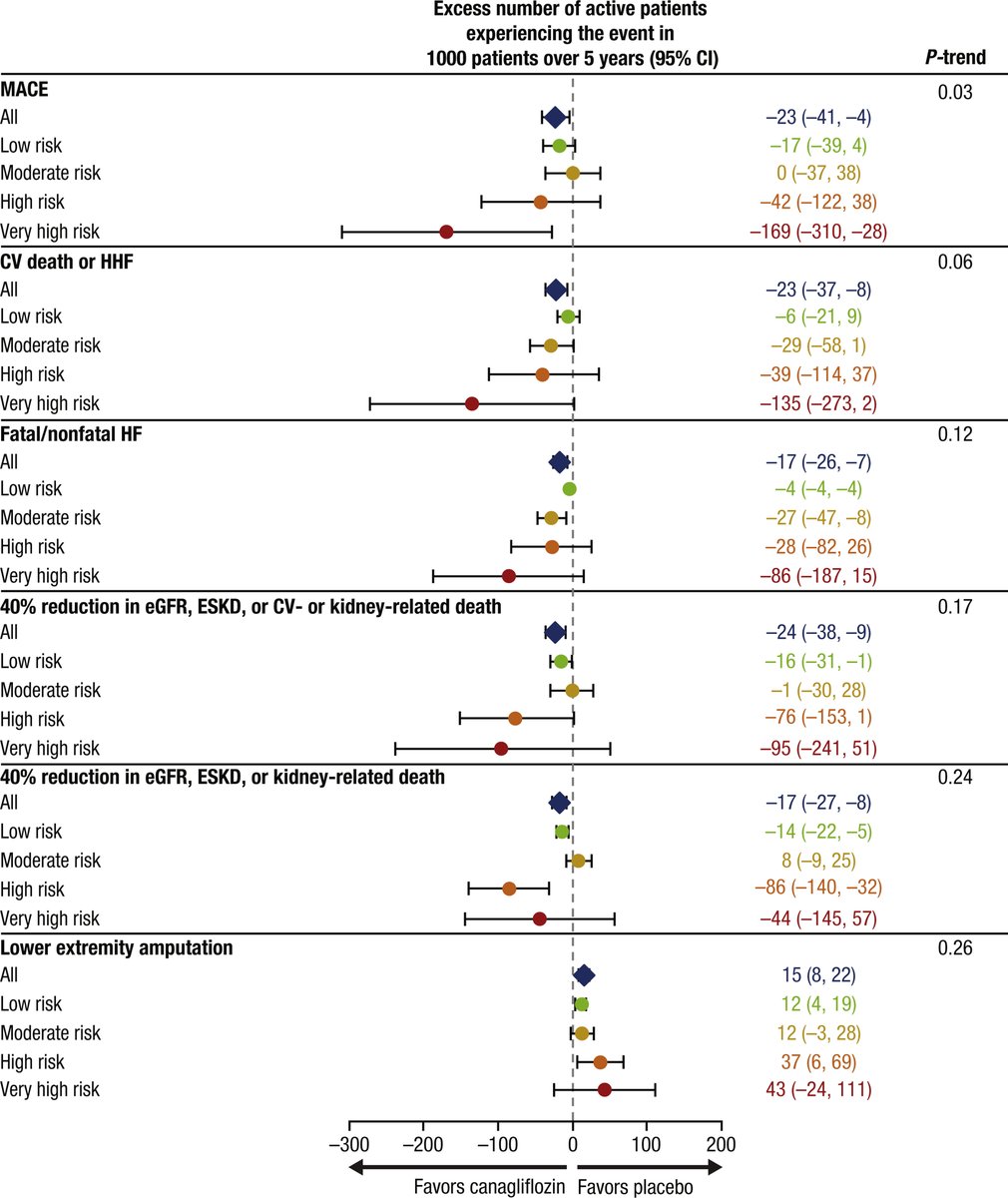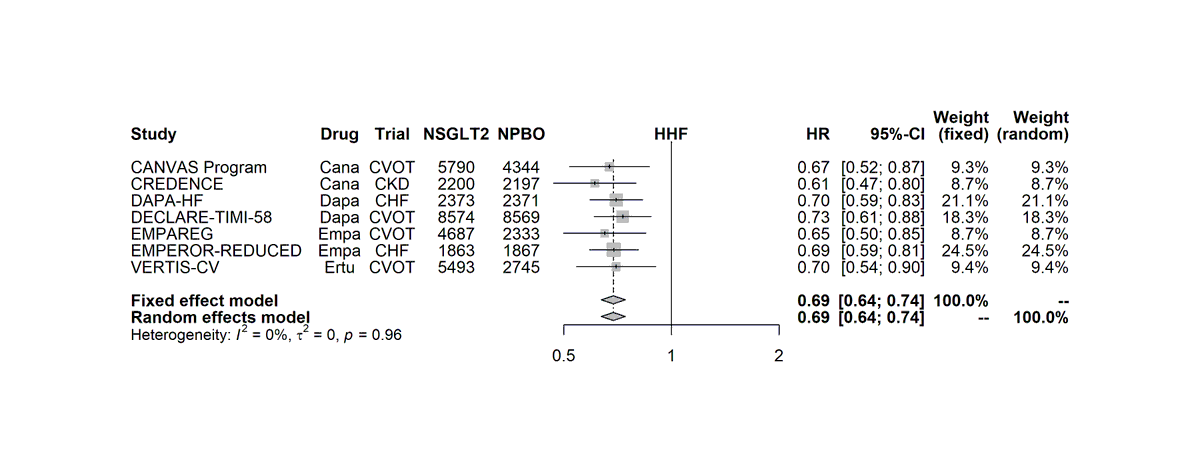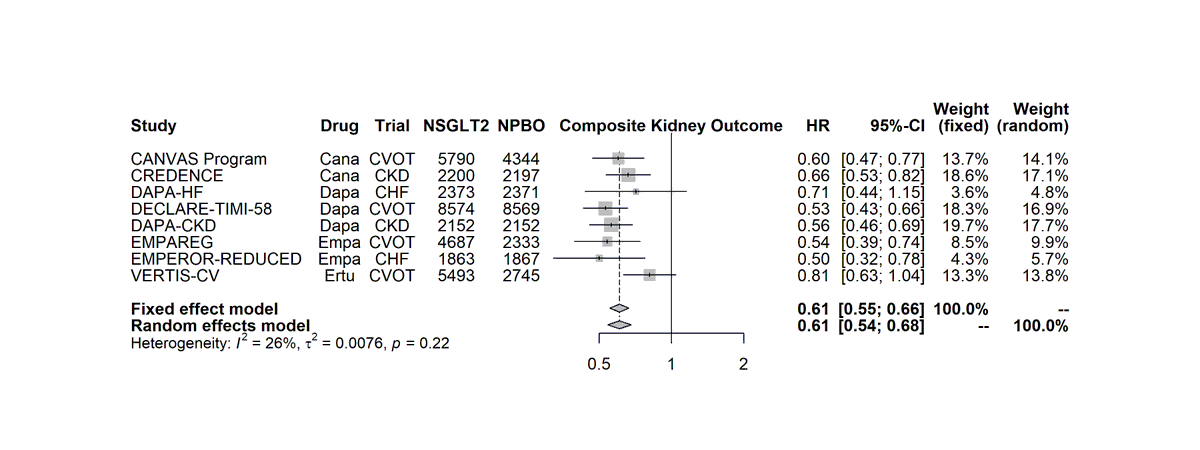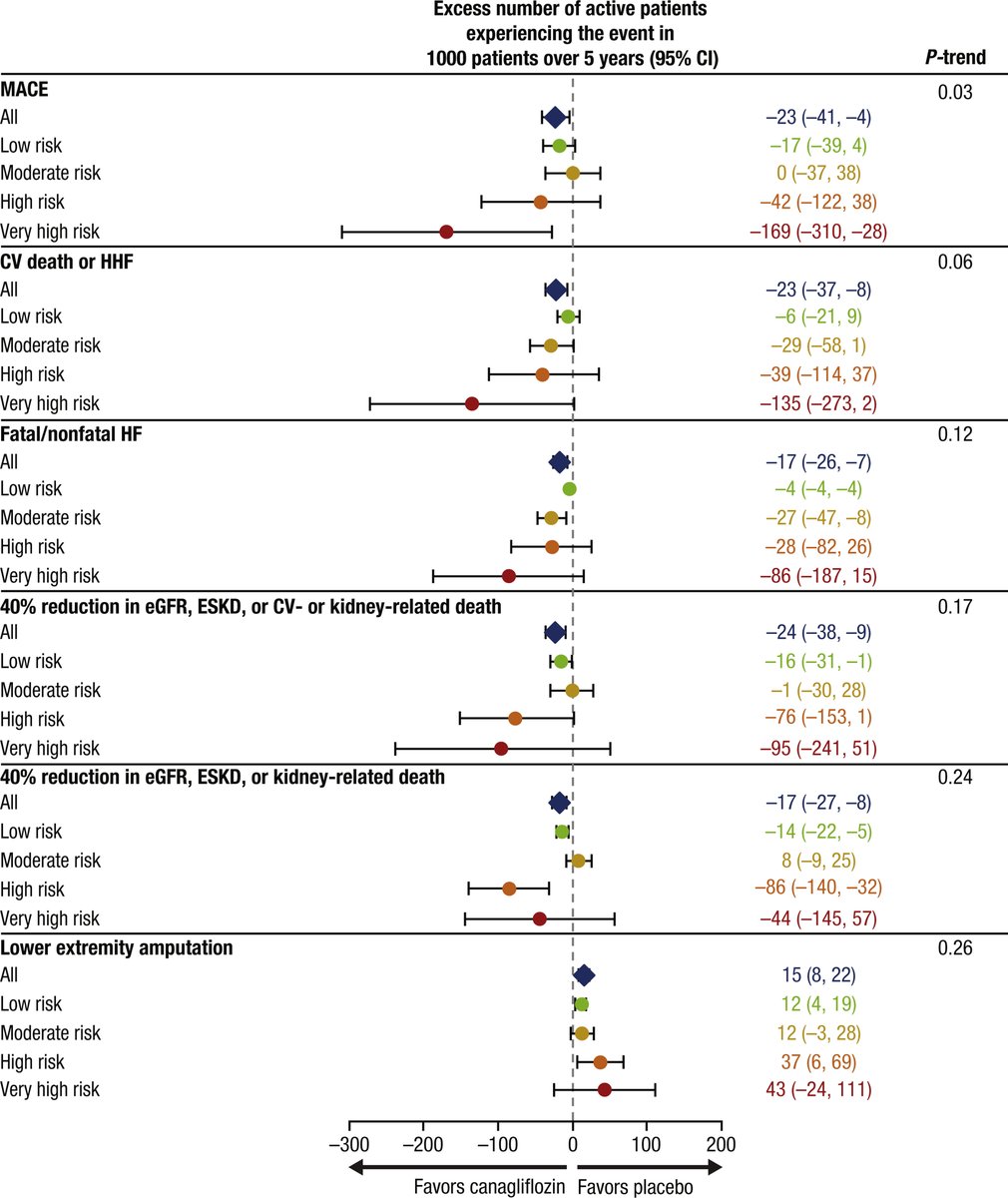Alright then, time to visit this. We currently have two publications for two different SGLT2i from two different studies (CANVAS and EMPAREG-Outcome) that show that the *relative* benefits of SGLT2i don& #39;t differ according to the baseline (KDIGO) cardiorenal risk of participants. https://twitter.com/brendonneuen/status/1307989990727512065">https://twitter.com/brendonne...
First the links and the visual abstracts:
https://www.ajkd.org/article/S0272-6386(20)30923-9/fulltext">https://www.ajkd.org/article/S... (canagliflozin/CANVAS)
https://cjasn.asnjournals.org/content/early/2020/09/28/CJN.14901219">https://cjasn.asnjournals.org/content/e... (empagliflozin-EMPAREG)
https://www.ajkd.org/article/S0272-6386(20)30923-9/fulltext">https://www.ajkd.org/article/S... (canagliflozin/CANVAS)
https://cjasn.asnjournals.org/content/early/2020/09/28/CJN.14901219">https://cjasn.asnjournals.org/content/e... (empagliflozin-EMPAREG)
Before we discuss, let us all remember what the KDIGO category is. It is a convenient classification of the risk for badness (deathworsening kidney function/acute kidney injury) for patients with Chronic Kidney Disease, based on two tests: eGFR/albuminuria
Red = bad
Green = Good
Red = bad
Green = Good
Both studies showed, that the Hazard Ratio did not differ by baseline risk category.
We editorialized the analysis from the EMPAREG study ( https://cjasn.asnjournals.org/content/early/2020/09/28/CJN.13430820),">https://cjasn.asnjournals.org/content/e... so I included our heatmap summary of that study
Best boring subgroup analyses ever: EVERYONE BENEFITS
We editorialized the analysis from the EMPAREG study ( https://cjasn.asnjournals.org/content/early/2020/09/28/CJN.13430820),">https://cjasn.asnjournals.org/content/e... so I included our heatmap summary of that study
Best boring subgroup analyses ever: EVERYONE BENEFITS
Now ask the ? @brendonneuen asked in the CANVAS paper. Who benefits the most? In the relative scale, everyone does! But the difference in baseline risk means that some benefit more than the others, since:
Absolute Risk = Baseline Risk x Relative Risk (=Hazard Ratio)
Absolute Risk = Baseline Risk x Relative Risk (=Hazard Ratio)
The figure graphically summarizes the absolute risk reductions. The most obvious finding is that the very high risk have the best absolute risk reductions and this is what the p values on the right test: a linear decline in absolute risk.
But do you notice something else about the low risk group? For many outcomes they had better reductions than the low risk group. This could be due to noise, or it could be due to the presence of a substantial % of hyperfilterers in that group. I& #39;d argue that both are true
Let& #39;s visit the eGFR slopes (will use the #Foamed cana figure, but resut assured some very similar was seen in the empa study). There is acute (hemodynamic) drop in the eGFR (upper panel) followed by less steep decline over time. What do you see in the low risk group in Panel B?
The "low" risk group on placebo, continues to lose eGFR over time, but the cana group gained. This cannot be due to overfiltration (the drugs stop this). One very plausible explanation is that the hyperfilterers with "normal" eGFR at baseline, are not so normal ....
and SGLT2i prevent the loss of eGFR when used *early*.
Same pattern was shown for empa. In our editorial we argued:
The “average” patient in these categories may expect to postpone kidney failure by a very large, potentially infinite time (dividing by zero is a tricky business!)
Same pattern was shown for empa. In our editorial we argued:
The “average” patient in these categories may expect to postpone kidney failure by a very large, potentially infinite time (dividing by zero is a tricky business!)
So while the absolute benefit is larger for the high risk KDIGO groups, it may in fact be a lot LARGER for some of the patients in the LOW risk group (we just need ways that go beyond albuminuria/eGFR to find them).
There is another argument supporting early SGLT2i initiation ...
There is another argument supporting early SGLT2i initiation ...
In our editorial, we estimated the time until postponement of kidney failure (eGFR of 15 or less) using the chronic slopes.
This is the graphic for the formula for the *average* patient: the earlier (within the very high risk category) one starts, the more one benefits
This is the graphic for the formula for the *average* patient: the earlier (within the very high risk category) one starts, the more one benefits
So let& #39;s summarize implications for clinical practice:
1. Don& #39;t give up on SGLT2i for the patients with low eGFR/high albuminuria you see today: these are the ones who benefit the post (in absolute terms)
2. The sooner you start SGLT2i in that category the better
1. Don& #39;t give up on SGLT2i for the patients with low eGFR/high albuminuria you see today: these are the ones who benefit the post (in absolute terms)
2. The sooner you start SGLT2i in that category the better
3. There is a compelling argument to start SGLT2i in the early category for *cardiac* protection based on current data (twitter meta-analysis figures)
4. There may be an even more compelling argument to start SGLT2i very early for *renal* protection.
4. There may be an even more compelling argument to start SGLT2i very early for *renal* protection.
5. However for some patients in the low risk group, the absolute risk reduction may not be enough to offset the risk and preferences for some complications (figure)
Research implication: We need to go beyond eGFR/UACR to identify high risk subgroups in the low KDIGO risk group
Research implication: We need to go beyond eGFR/UACR to identify high risk subgroups in the low KDIGO risk group

 Read on Twitter
Read on Twitter
